begin quote from:
https://www.nbcnews.com/news/us-news/indigenous-tribes-welcome-rare-white-buffalo-calf-yellowstone-park-cer-rcna158441
Indigenous tribes welcome rare white buffalo calf in Yellowstone ceremony
WEST YELLOWSTONE, Mont. — Sage burned on the banks of Hebgen Lake as Indigenous tribal leaders marched in procession Wednesday morning to honor the birth of a white buffalo calf.
They sang songs and danced in a sacred ceremony under cloudy skies as hundreds of onlookers watched in silence.
The rare white calf’s arrival this month in Yellowstone National Park signaled, under tribal lore, both a blessing and a warning to the world.
“Mother Earth is sick and has a fever,” said Chief Arvol Looking Horse, spiritual leader of the Lakota, Dakota and Nakota Oyate, known as the Great Sioux Nation. “It is the fulfillment of our prophecy.”


The young buffalo, which tribal leaders named Wakan Gli, or Sacred Return, was presumably in the wilderness with its mother during the ceremony near Yellowstone National Park.Its birth is seen as the second coming of the White Buffalo Calf Woman, who first appeared to the Lakota thousands of years ago when the buffalo were scarce and the people were hungry.
She taught the Lakota how to pray and honor the Earth through ceremony and promised to return one day in the guise of a white bison calf with black eyes, nose and hooves.
“I shall return to stand upon the Earth when nothing is good,” she told the Lakota people, Looking Horse said. “Her message speaks out loud and clear right now."

Preservationist and tribal advocate Devin Old Man said the white calf comes at a time of great peril for people everywhere, especially tribes that are increasingly isolated from one another and the world around them. “It’s hard to be a Native these days,” he said. “We have to look at the bigger picture.”
Bison have long held a near-mythic status in the U.S., even outside tribal culture. They were declared the first national mammal in 2016 when President Barack Obama signed the National Bison Legacy Act.
Every year, millions of tourists visit Yellowstone National Park to catch a glimpse of the majestic animals, which were once hunted nearly to extinction.
Their numbers dwindled dramatically throughout the 19th century, but the population is slowly rebounding through conservation efforts.
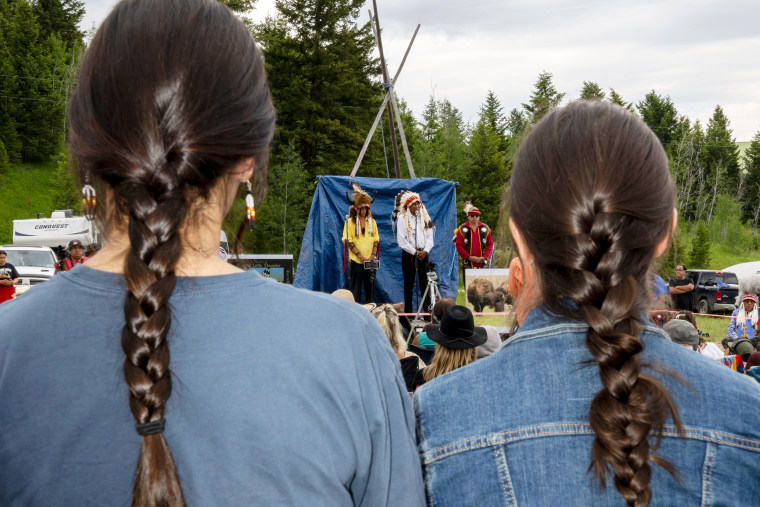
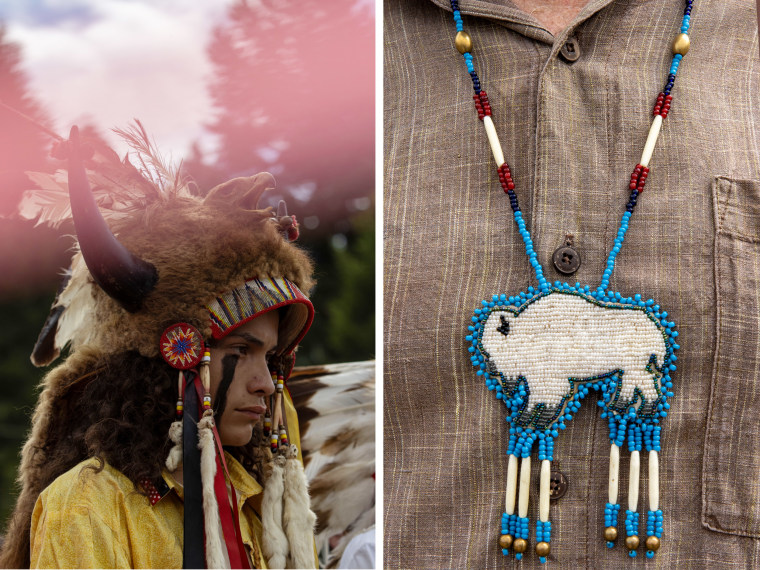
In Montana, however, buffalo face a number of constraints that threaten them despite their popularity.They are not allowed to roam outside designated areas, including on private land without the authorization of the landowner. Last year, a harsh winter storm drove nearly 2,000 buffalo out of the park and into lower elevations. They were killed or transferred out of the area.
“These are the last remnants of the 30 to 60 million that were once on the continent,” said Mike Mease, a co-founder of the conservation group Buffalo Field Campaign, which works to prevent the slaughter of bison.
Mease estimates that just 5,000 buffalo now live in Yellowstone.
“This is where the buffalo should roam,” he said, pointing to the lush valley filled with meadows and streams.
In South Dakota, the Cheyenne River Sioux Tribe is working to increase the bison population in hope of reintroducing it as a main source of nutrition, said Ryan LaBeau, chairman of the Cheyenne River Sioux Tribe.
“We want to get that food back to our people,” he said.
The birth of the white calf stunned not just tribal communities but also visitors to the national park.
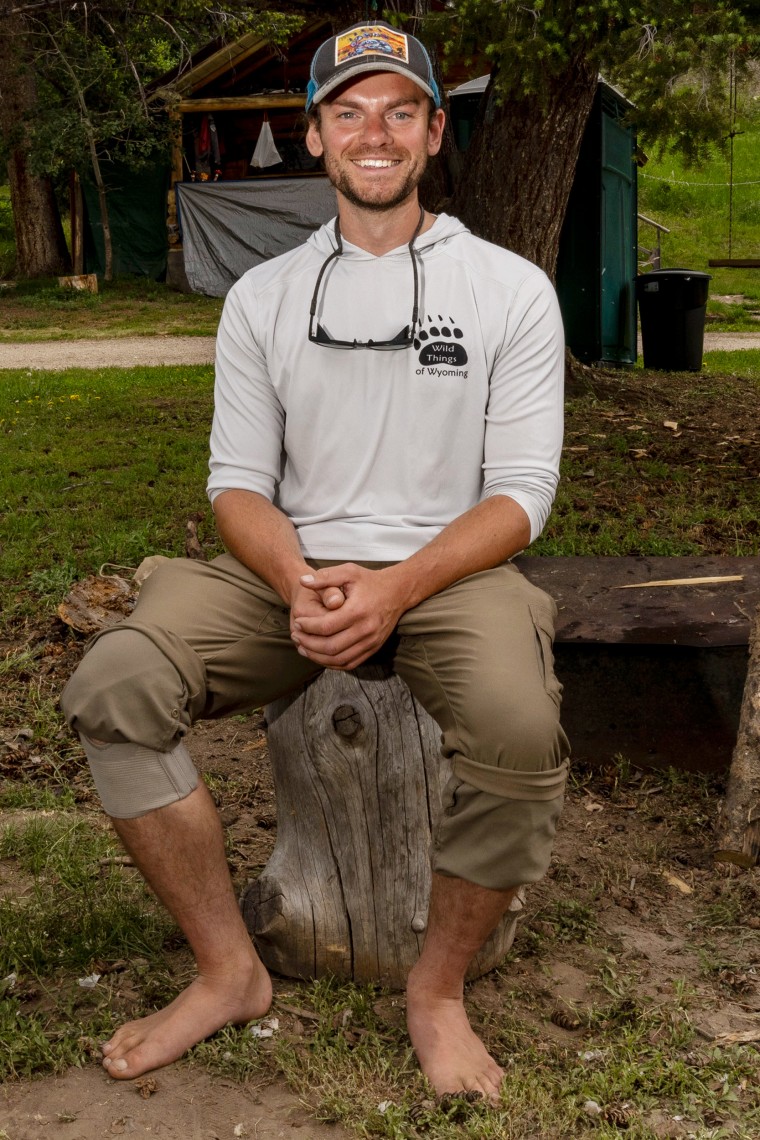
Photographer Jordan Creech said that in all the years he has been leading tours through Yellowstone, he never imagined he would stumble upon the birth of a sacred animal.But on June 4, as he was driving a tour group through the park, observing badgers, bears and other wildlife, he came upon a scene like no other.
An American buffalo, or bison, was running along the road with her amniotic sac protruding from her belly. Creech knew she was about to give birth and tried to follow her. But the mother-to-be swam across a river and disappeared over a hill.
Some time later, Creech spotted the bison again, this time with her new calf. But unlike most newborns that have reddish-orange coloring, this calf was white.
“I know how important it is to the Native people,” said Creech, who was among the first people to snap photos of the white calf. “I’m still processing. It feels unreal.”
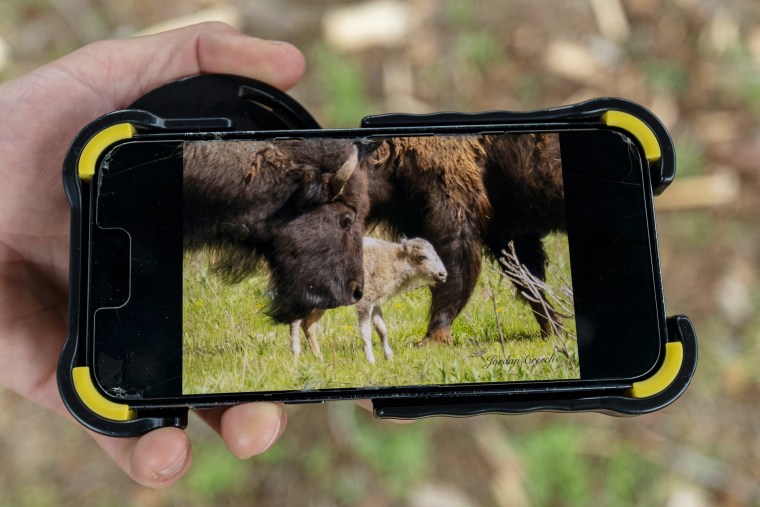
Looking Horse said he grew up hearing stories of the White Buffalo Calf Woman and hoped she would not return under his watch because it would be a sign the world needs healing. A white calf was born in Wisconsin in 1994, he said, and he remembers feeling both awe and dread as scientists began warning the world about the effects of climate change.
That another was born 30 years later feels prescient as heat waves and wildfires spread across the country, he said.
Bison have been integral to tribal culture for generations, providing an important source of food, clothing, fuel, tools, shelter and spirituality.
“I can’t believe this is the second warning,” he said, adding that Earth is a source for life, not a resource to be exploited.
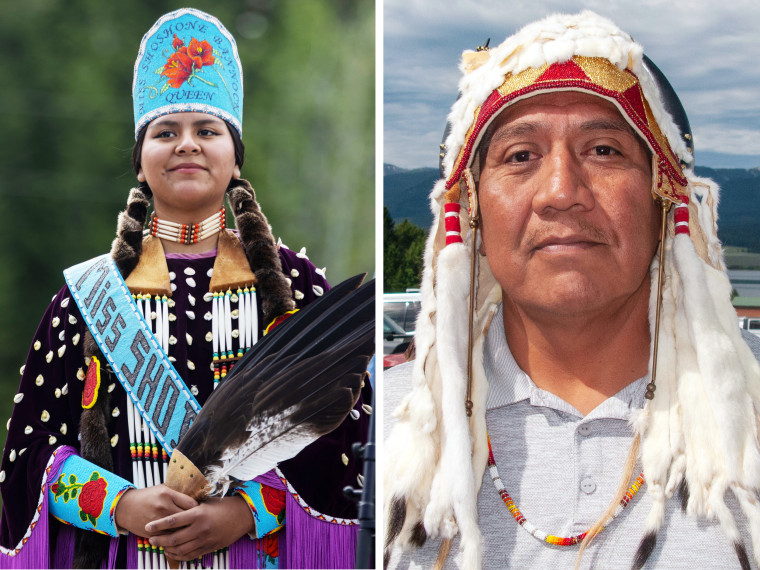
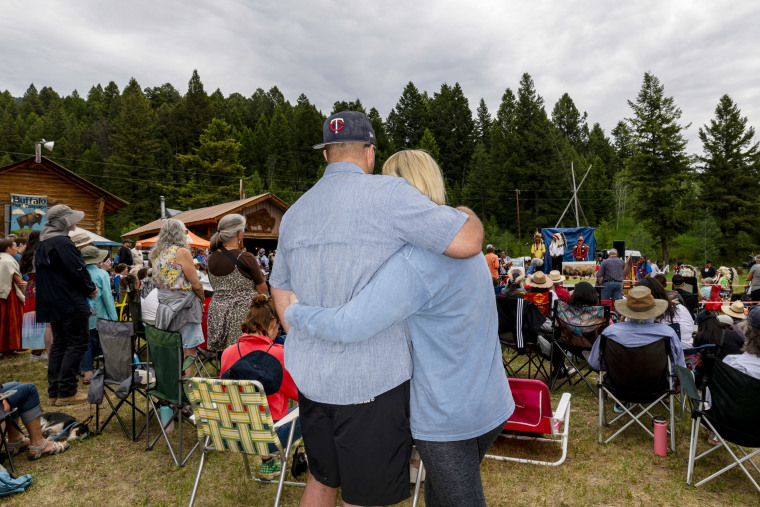



No comments:
Post a Comment